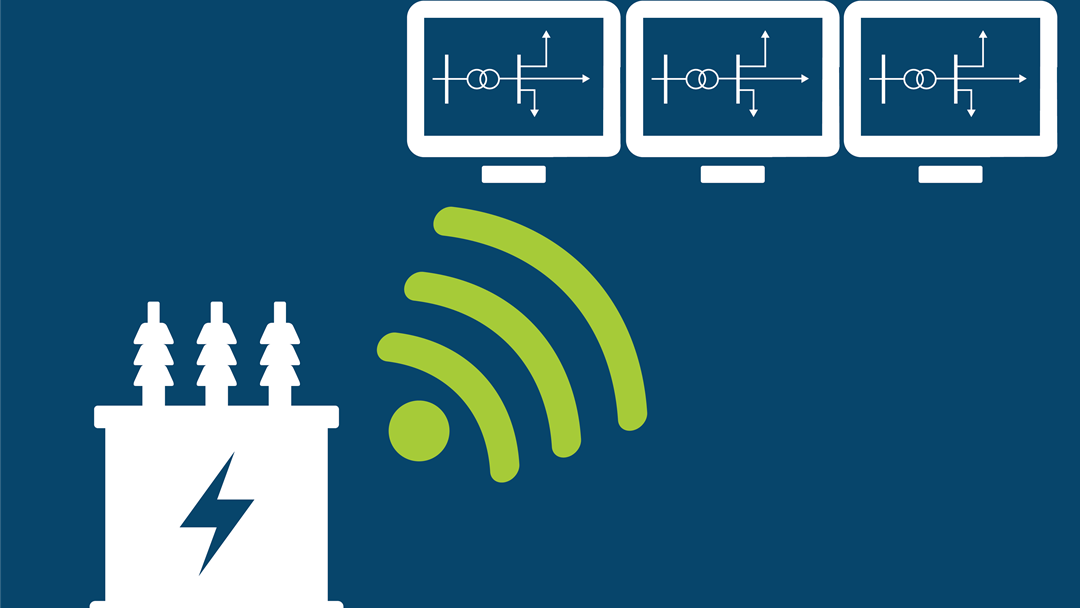- Name
- Oddbjørn Gjerde
- Title
- WP2 Lead
- Organization
- SINTEF Energi AS
Physics informed neural networks in radial load flow calculations
Challenge and objective
- A multitude of different approaches to solve the load flow problem in different power grids exist - some are computationally expensive, but yield exact solutions, others rely on simplifications and are much faster but less accurate.
- Neural networks (NNs) have got popularity within many applications for time critical applications but relies on large amounts of data for training
- Physics informed neural networks (PINN) use prior knowledge of structural information in combination with available data to boost the training and be less dependent upon large amounts of data.
Work performed
- Investigated physics informed neural networks to solve load flow in radial distribution grids.
- A major motivation of the work was to gain experience in these techniques for power system applications.
- Tensorflow is used to establish neural networks in Python that are trained to solve load flow.
- The selected approach is tested on a 4-bus test grid and on the radial IEEE33- and IEEE69-bus systems.
Significant results
- Demonstrated NNs capabilities and challenges.
- The value of including structural knowledge with data and to combine with classical techniques.
- A report giving overview of techniques and discussing applications.
Impact for distribution system innovation
- The gained experiences are important for other applications and further development.


Reference in CINELDI
C.M. Müller: "Physics informed neural networks in radial load flow calculations", Master thesis, NTNU, 2023.

